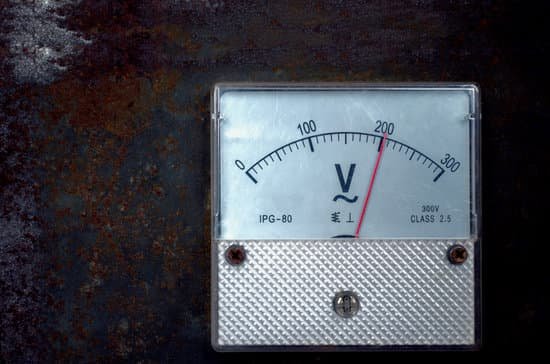


For example for a 3S Lipo, the max voltage is 12.6V, and you should land when the voltage reaches 10.5V (at 3.5V per cell). However it’s advisable to stop discharging when it reaches 3.5V for battery health reasons. Over-charging above 4.2V could be dangerous and eventually cause fire. But a battery with more cells of the same capacity is heavier since it contains more cells.Ī LiPo battery is designed to operate within a safe voltage range, from 3V to 4.2V.ĭischarging below 3V could cause irreversible performance lost and even damage to the battery.

Voltage affects brushless motors RPM directly, therefore you could use higher cell count batteries to increase your quadcopter’s speed if your motor/ESC and other electronics support higher voltage. Therefore battery voltage is often referred to as how many cells in the battery (aka “S”).įor example, we call a 14.8V battery a “4-cell” or “4S” battery. Each cell in a standard LiPo battery has a nominal voltage of 3.7V.

#Lipo battery monitor circuit series
LiPo batteries used in RC are made up of individual cells connected in series so the battery’s voltage is the sum of the voltage of the cells. Lithium polymer batteries, more commonly known as LiPo, have high energy density, high discharge rate and light weight which make them a great candidate for RC applications.īy learning the basics about LiPo batteries, you will be able to read and understand their specifications. In a parallel circuit, the voltage across each of the components is the same, and the total current is the sum of the currents through each component.In a series circuit, the current through each of the components is the same, and the voltage across the circuit is the sum of the voltages across each component.Power is measured in Watts (W).Īnother important item to know about electrical systems is the difference between a series and parallel circuit. If the water comes out quickly ( high voltage) AND there’s a lot of water ( high current), then you can put out a fire.Įlectrical power is like the ability of your firehose to put out a fire.If the water comes out quickly but there’s very little water, then you can’t put out a fire.If a lot of water comes out of the pipe but comes out slowly (no pressure), then you can’t put out a fire.Imagine you’re trying to put out a fire with a firehose. Why is this important? It tells us how much work we can actually do with the electricity. Power is a measure of how ‘hard’ the water is coming out of the pipe. Think back to the water analogy: you’re taking the voltage, or the water pressure, and multiplying it by the current, or how much water is actually coming out. If you know any of the 2 numbers you can calculate the third:Īnother important concept is electrical power. Current is measured in amperes, amps or A. Current is how much water comes out of the pipe.When the pipe is smaller, there is more resistance. If the pipe is wider, more water will flow through. Voltage is measured in volts and represented as V Voltage is the water pressure that is pushing the water down the pipe.Think of the battery’s circuit as a pipe we are trying to pump water through, like the picture below: A simple analogy used to understand these terms. The most important terms to understand in an electrical circuit is voltage, resistance, current, and power.


 0 kommentar(er)
0 kommentar(er)
